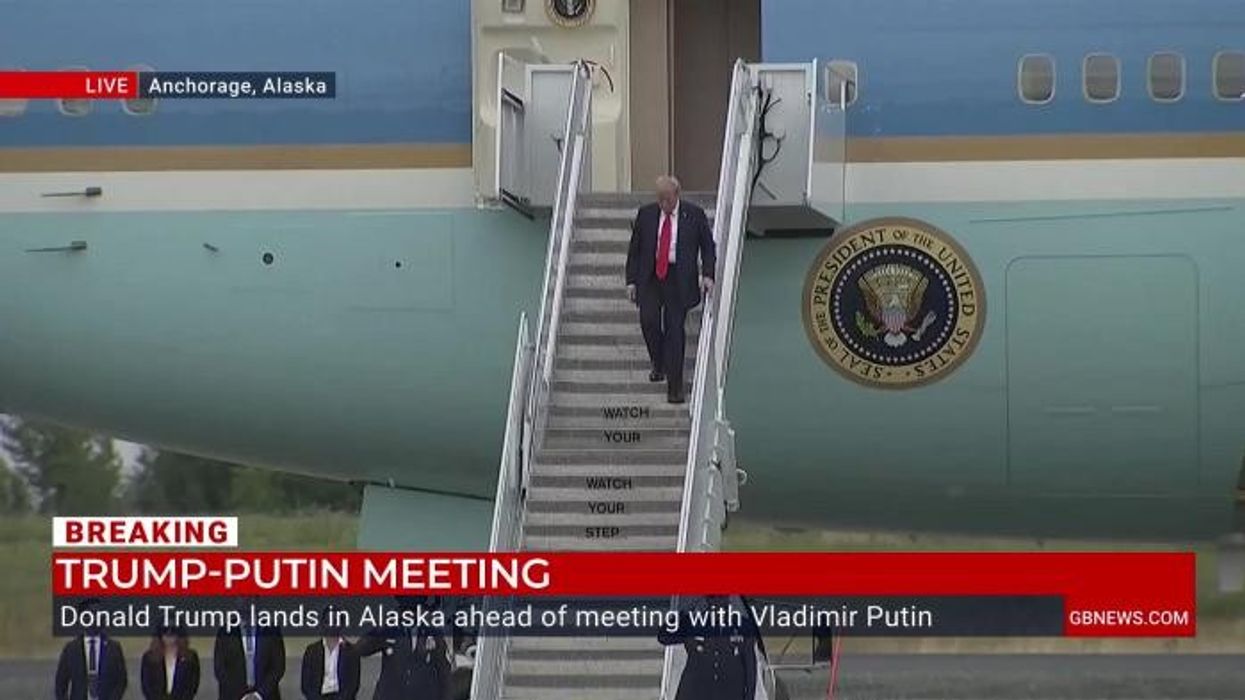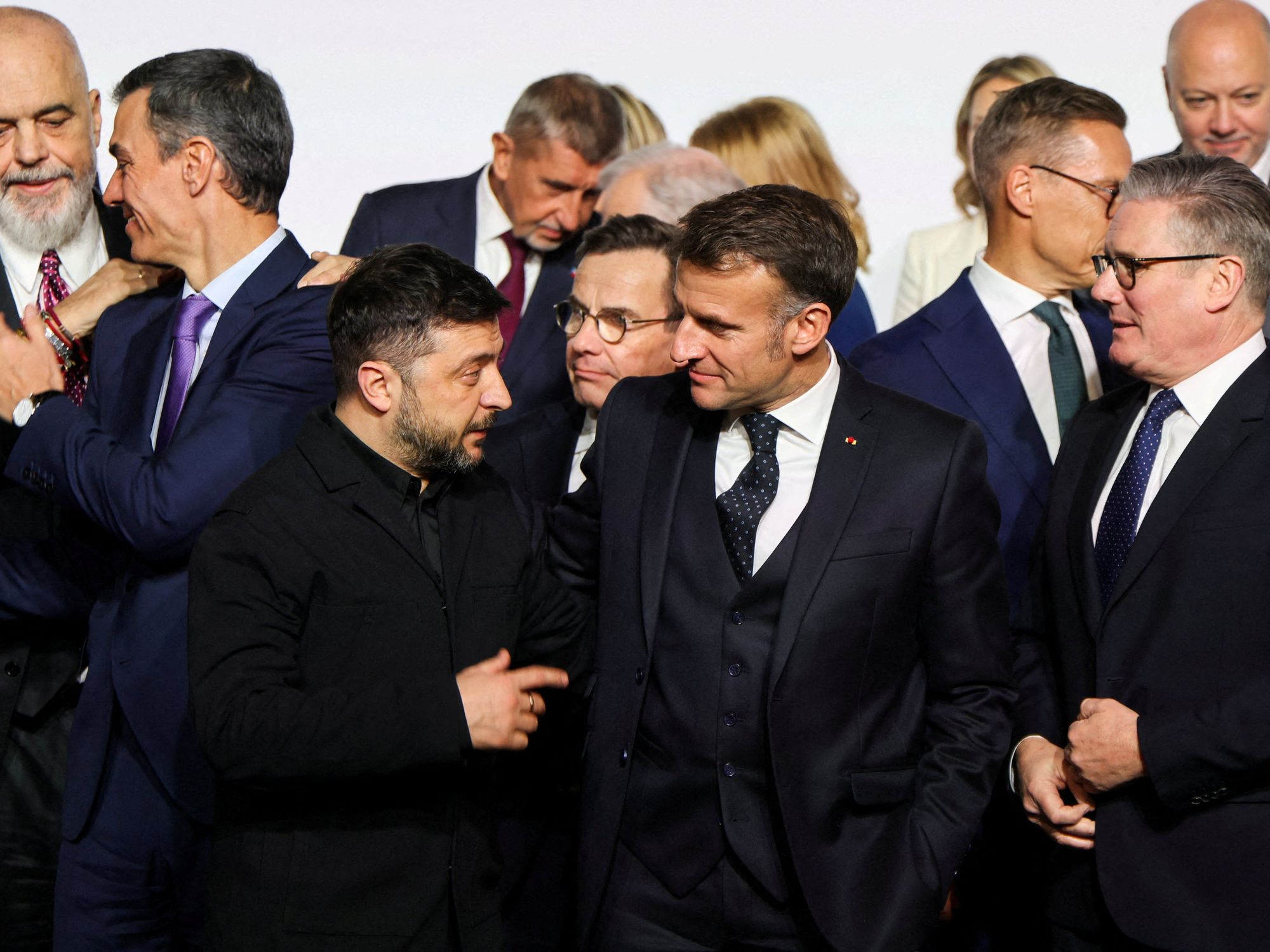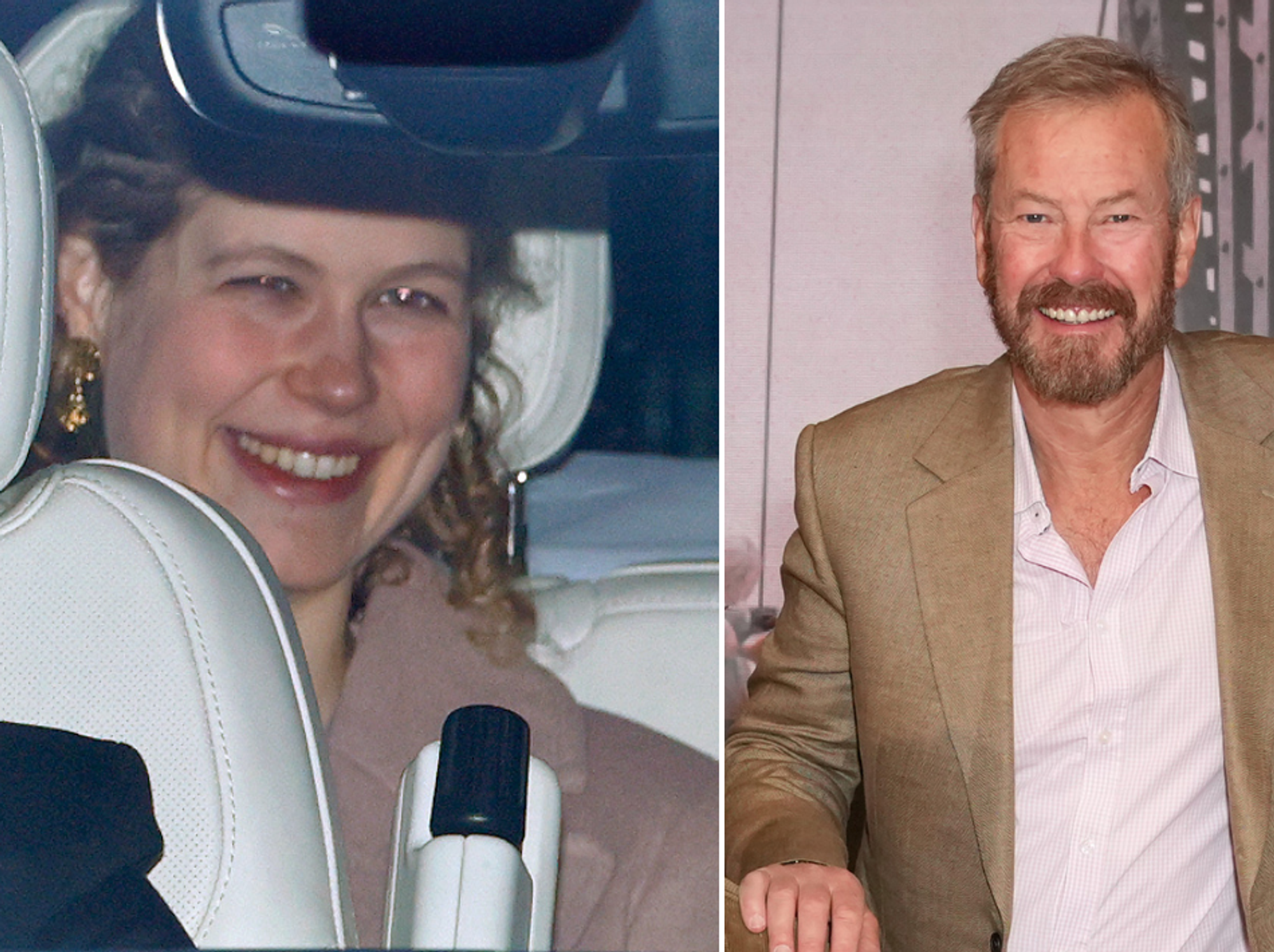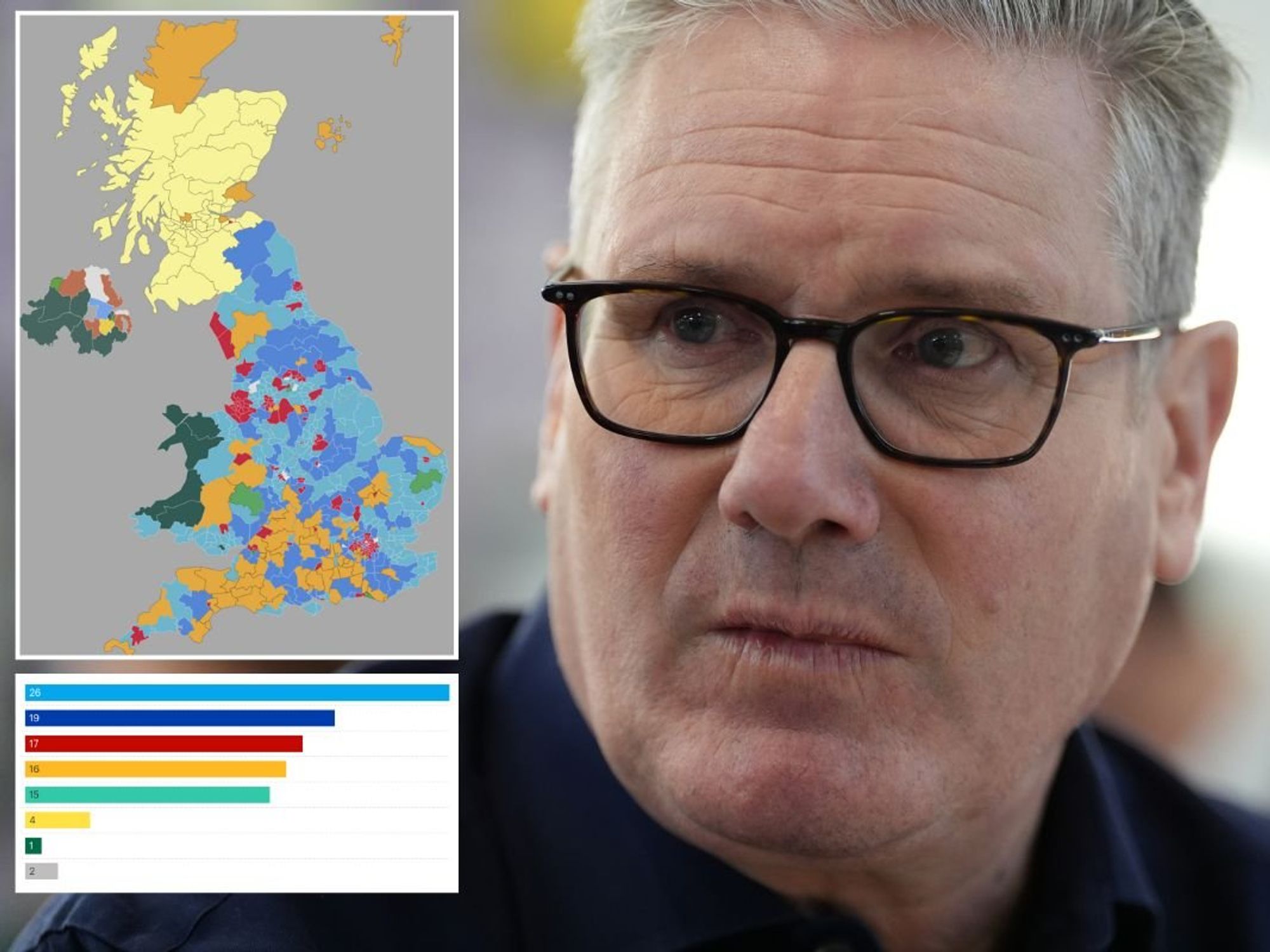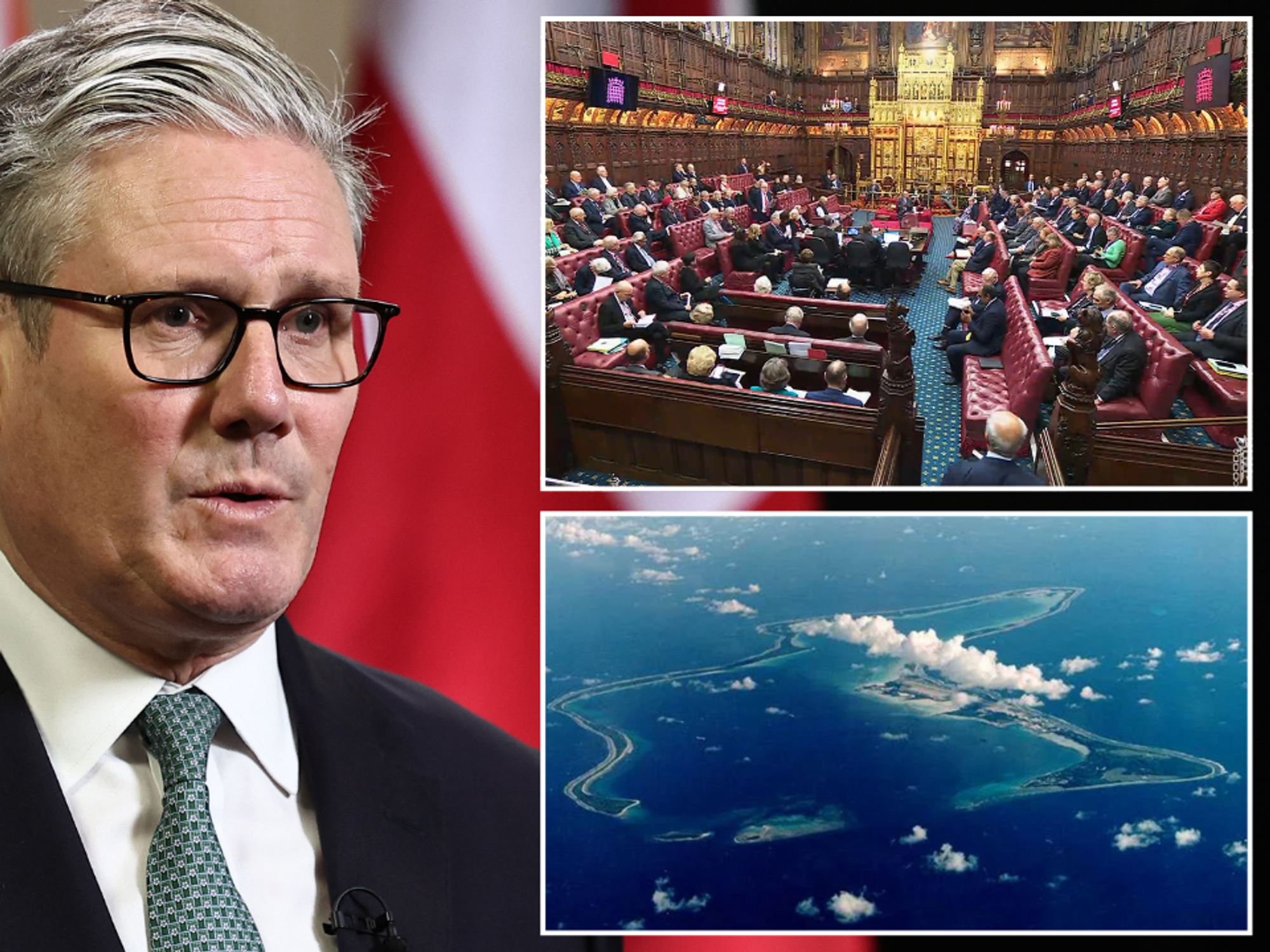Trump pulled off the impossible, dared to bend the course of history and rendered Europe obsolete – Lee Cohen
The Alaska summit confirms one glaring truth: Donald J. Trump is the central force designing a new world order
Don't Miss
Most Read
Trending on GB News
The Alaska summit between President Donald Trump and Vladimir Putin concluded yesterday without the immediate announcement of a ceasefire in Ukraine.
No dramatic declaration ended the conflict, but both leaders hailed the dialogue as productive, pledging to reconvene. For its lack of instant closure, the summit underscored a fundamental truth: only one world leader could have orchestrated such a high-stakes summit.
Trump, with his commanding presence and tireless brand of diplomacy, emerged once more as the singular figure capable of summoning Putin to the negotiating table.
**ARE YOU READING THIS ON OUR APP? DOWNLOAD NOW FOR THE BEST GB NEWS EXPERIENCE**
His presence carried echoes of Ronald Reagan’s legendary 1987 challenge in Berlin—“Mr. Gorbachev, tear down this wall”—a moment that reshaped history.
Just as Reagan confronted Soviet obstinacy to usher in a new era, Trump now calls on Russia to dismantle the walls of war, urging withdrawal to restore Ukraine’s sovereignty and Europe’s stability.
The war in Ukraine, avoidable and devastating, highlights why Trump’s leadership remains indispensable.
Since its outbreak in 2022, the conflict has reportedly resulted in over 950,000 casualties—including an estimated 250,000 deaths and 700,000 wounded.
Cities like Mariupol, with their shattered skylines and scorched neighbourhoods, stand as enduring symbols of a tragedy that continues to unfold. Such costs demand leadership bold enough to pursue peace where others falter.
Trump’s return to the world stage, marked by this summit, reignites the hope that decisive American leadership can push the conflict toward resolution.
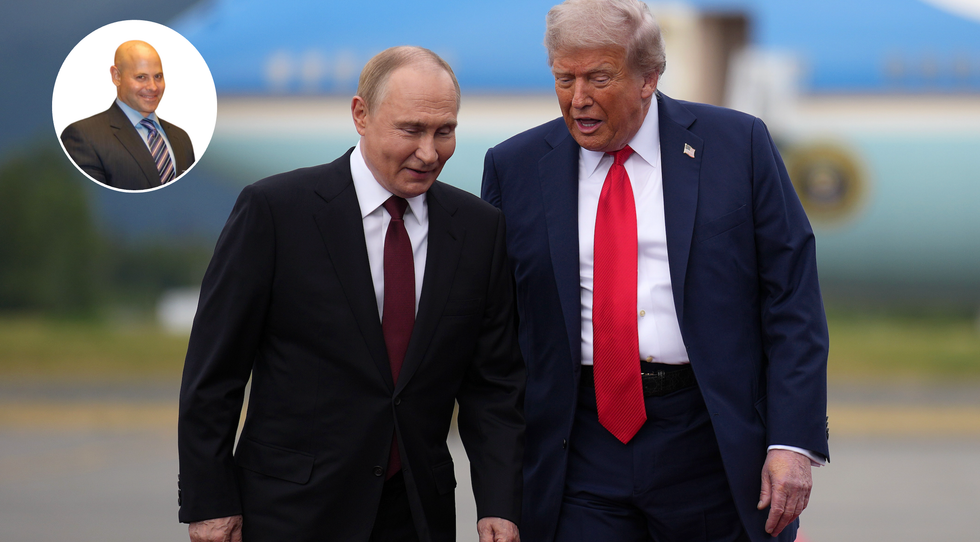
Trump pulled off the impossible, dared to bend the course of history and rendered Europe obsolete – Lee Cohen
|Getty Images
Tragically, the impotent, misguided policy failures of Joe Biden initiated the conditions Putin ultimately exploited.
The chaotic U.S. withdrawal from Afghanistan in August 2021 projected weakness and uncertainty. Mixed messages on NATO’s commitment to Eastern Europe, coupled with America’s deep energy dependence on foreign suppliers, emboldened Moscow to test the West’s resolve.
Yet these failures are less important than the lesson they reveal: when deterrence falters, aggression thrives. Under Trump, deterrence was intact. A reputation for toughness, combined with direct personal engagement, kept expansionist ambitions in check.
Indeed, Trump’s presidency is defined by something rare in modern history: despite presiding during a volatile era, he launched no new wars. Instead, he engineered diplomatic openings where conventional wisdom predicted deadlock.
His bold summits with North Korea’s Kim Jong-un paused nuclear escalation, creating a foundation—however fragile—for dialogue.
The Abraham Accords stitched together unlikely alliances between Israel and Arab neighbours, remapping the geopolitics of the Middle East.
These were not ceremonial gestures but hard-won breakthroughs, rooted in Trump’s “America First” doctrine: unapologetic strength, demands for fairness in trade, and credible displays of military preparedness.
These policies projected deterrence far beyond Washington’s corridors, ensuring adversaries like Russia thought carefully before testing American resolve.
That credibility was not lost on Putin himself. Putin has openly recognised Trump's singular influence. Behind closed doors in Alaska, the Russian president reportedly agreed that the invasion likely would not have happened if Trump had led in 2022.
It is worth imagining the alternate history: sanctions biting deeply into Russian revenues, reinforced NATO postures along the eastern flank, energy independence shielding Europe from Moscow’s leverage, and direct Trump-Putin rapport preventing escalation into full invasion.
Trump’s style—blunt, pragmatic, results-oriented—commands respect in negotiating rooms where euphemism and ambiguity otherwise prevail. Few leaders alive pair the instincts of a dealmaker with the stature of a statesman quite so completely.
Seen through this lens, the Alaska summit represents not a mere conversation but a strategic manoeuvre consistent with Trump’s earlier playbook.
Like Reagan hammering away at Cold War barriers decades ago, Trump now voices an imperative designed to shift entrenched attitudes.
His insistence on continued consultations and follow-ups reflects both patience and pressure—an understanding that peace is not brokered in a single afternoon but through determined, incremental steps.
From normalising Arab-Israeli relations to defusing tensions with nuclear-armed adversaries, Trump’s deviations from diplomatic orthodoxy have produced results that eluded professional negotiators for decades.
The Alaska talks, though inconclusive in the immediate term, demonstrate that Trump remains an irreplaceable figure in world affairs. That he alone could convene a meeting of this magnitude with Putin, at such a critical point in the war, is itself remarkable.
By sustaining momentum and refusing to accept stalemate, he is no mere participant in history but rather, its architect.
In the end, the Alaska summit should be remembered not for what it immediately produced but for what it signals: that pathways to peace remain open when seized by leaders willing to take risks. The summit’s lack of a signed ceasefire was less a failure than a first act.
Trump’s persistence has already rekindled conversations once deemed impossible, compelling Putin to consider alternatives to endless attrition.
War, history teaches, is often preventable—if leaders with vision and resolve step forward. At this moment, Trump alone fills that role, shaming his European opposite numbers.
It is his voice that dares to say what others shrink from, his negotiations that dare to advance where others retreat, his presence that dares to bend history’s course.
Whether the final “yes” to peace comes weeks or months from now, the Alaska summit confirms one glaring truth: Donald J. Trump is the central force designing a new world order.


